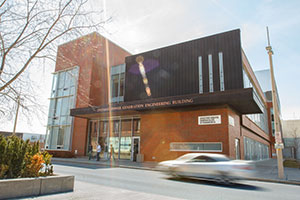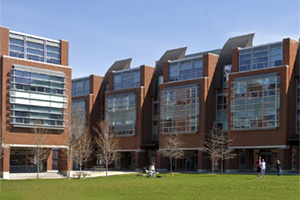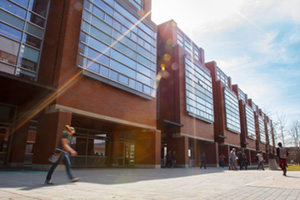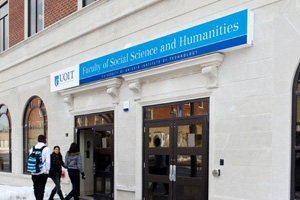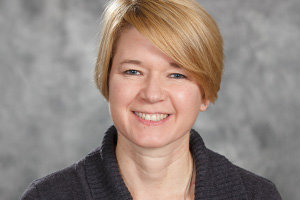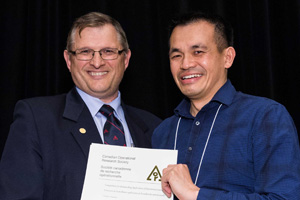News archives
July
UOIT Game Development Student captures major prize at provincial showcase
July 25, 2014
Making a game that can stand out among 80 others is no easy task, but University of Ontario Institute of Technology (UOIT) student Mirza Beig did just that when he took home the prize for Best Technical Achievement for his game, RETROID 3D, at this year's Level Up Student Games Showcase.
UOIT’s Mechanical Engineering program receives maximum national accreditation
July 24, 2014
The Canadian Engineering Accreditation Board (CEAB) has awarded the maximum possible national accreditation term of six-years for the Mechanical Engineering program offered by the Faculty of Engineering and Applied Science (FEAS) at the University of Ontario Institute of Technology (UOIT).
UOIT faculty and students impress at world’s largest nuclear engineering conference
July 23, 2014
Nuclear Engineering students from the University of Ontario Institute of Technology (UOIT) made a remarkable impression on the world stage from July 7 to 11 at the International Conference on Nuclear Engineering (ICONE-22), in Prague, Czech Republic.
UOIT researchers receive $1.9 million boost from NSERC
July 11, 2014
Seventeen researchers at the University of Ontario Institute of Technology (UOIT) have collectively received more than $1.9 million as part of the Natural Sciences and Engineering Research Council of Canada’s (NSERC) Discovery Grants Program.
Exciting mentoring opportunity for potential young engineers and scientists
July 09, 2014
Canada has a proud legacy for producing some of the top engineers in the world: innovative minds who have helped build and an incredible infrastructure across a vast landscape. But that legacy is under threat due to lower university engineering program enrolments and the pending retirement of thousands of engineers over the next decade.
Faculty of Education researcher co-authors book on digital literacy leadership
July 09, 2014
Dr. Janette Hughes, Associate Dean, Research, Faculty of Education (FEd), recently co-authored a book she hopes will help school leaders create a technology-friendly teaching and learning culture in schools.
UOIT faculty member gives presentation on effects of face veils in the courtroom
July 09, 2014
Dr. Amy Leach, Associate Professor, Faculty of Social Science and Humanities, recently travelled across the pond to present research findings from her study exploring veils worn in the courtroom at the University of Portsmouth, England
UOIT researcher takes a stand against sitting
July 09, 2014
Whether we are eating meals, driving a car, working at a desk or relaxing on the couch before going to bed, the average person spends a good portion of his or her day… sitting. The problem is, says a researcher at the University of Ontario Institute of Technology (UOIT), this sedentary lifestyle is seriously compromising our health.
UOIT’s Social Research Centre opens its doors
July 04, 2014
The University of Ontario Institute of Technology’s (UOIT) Social Research Centre (SRC) is now open for business.
UOIT faculty member’s research on anonymity and privacy cited in Supreme Court of Canada decision
July 02, 2014
Recently, one of Dr. Andrea Slane’s papers, co-written with Dr. Lisa Austin, Associate Professor, Centre for Innovation and Policy, University of Toronto, helped the Supreme Court of Canada (SCC) come to a decision in a case involving a search in connection to a child pornography offence.
FBIT faculty member wins national operations research prize
July 02, 2014
Dr. Fletcher Lu, Assistant Professor, Faculty of Business and Information Technology at the University of Ontario Institute of Technology (UOIT), recently won first place in the Canadian Operations Research Society’s (CORS) Practice Prize competition.
University implements Energy Conservation and Demand Management Plan
July 02, 2014
The University of Ontario Institute of Technology is implementing an Energy Conservation and Demand Management Plan to support its commitment to improving energy performance and reducing overall energy usage within the built environment, operations and programs.

